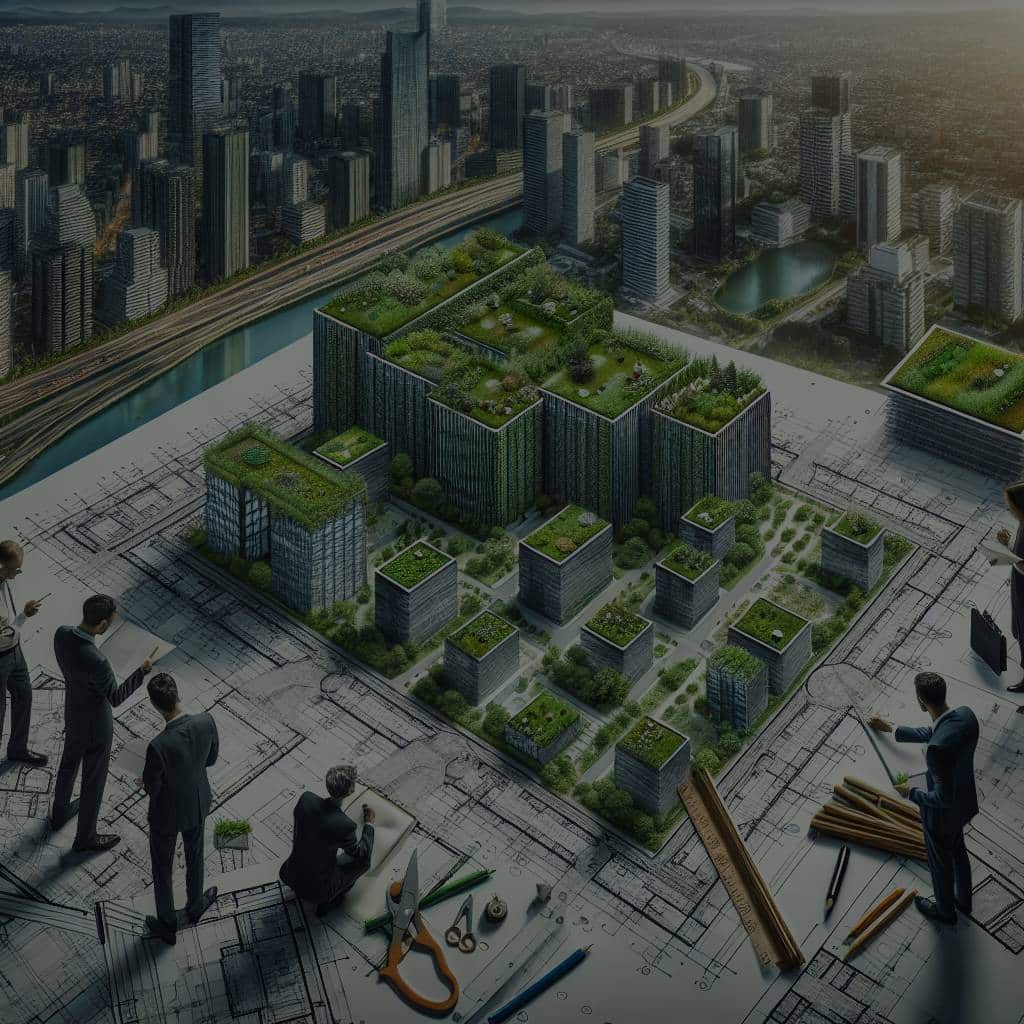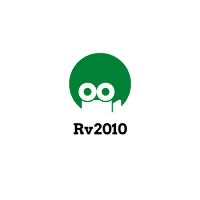How to Implement a Green Roof Initiative for Urban Real Estate Developments?

The proliferation of the green roof (GRs) concept has transformed the urban landscape, offering a myriad of environmental, economic, and social benefits. These roofs, which involve planting vegetation on rooftops, invite nature back into our concrete-laden cities, enhancing biodiversity, and significantly improving urban living conditions. If you’re a real estate developer, architect, or urban planner seeking to integrate this green infrastructure into your building project, we’ll guide you through the implementation process.
Understanding the Concept of Green Roofs
A green roof, also referred to as a living roof, is a roof surface that is partially or completely covered with vegetation and a growing medium, installed on a waterproofing membrane. It may also include additional layers such as a root barrier, drainage, and irrigation systems.
Additional reading : What Advanced Techniques Can Be Used to Reinforce Coastal Properties Against Erosion?
Green roofs come in three main types – extensive, semi-intensive, and intensive. The extensive green roof is lightweight with shallow soil depths (2-6 inches), low maintenance, and is typically home to mosses, sedums, and other resilient vegetation. Semi-intensive green roofs have soil depths of 6-9 inches and can support a wider variety of plants. On the other hand, intensive green roofs, also known as roof gardens, have soil depths exceeding 9 inches and can support shrubs, trees, and even edible plants.
The Benefits of Green Roofs for Urban Developments
Green roofs are not just aesthetically pleasing; they contribute significantly to urban sustainability. These systems play a vital role in managing stormwater, reducing the amount of runoff and delaying the time at which runoff occurs, resulting in decreased stress on sewer systems during peak flow periods.
Have you seen this : How to Analyze and Invest in the UK’s Post-Brexit Property Market?
Additionally, green roofs enhance building’s energy efficiency. The layers of a green roof provide natural insulation, reducing the need for artificial heating and cooling, thus saving on energy costs. Plus, they buffer the building from outside noise, creating a quieter indoor environment.
These roofs also provide habitats for urban wildlife, improving local biodiversity. What’s more, they improve air quality by absorbing pollutants and carbon dioxide while releasing oxygen.
In the bigger picture, green roofs play a role in reducing the urban heat island effect (higher temperatures in urban areas compared to rural ones), contributing to a cooler, more pleasant city environment.
Designing and Building a Green Roof
The design and construction of a green roof should be a collaborative effort involving architects, engineers, landscape architects, and horticulturists. For the design, the team needs to consider factors like local climate, roof load capacity, slope of the roof, type of vegetation, and availability of water for irrigation.
The first step is to assess the structural capacity of the building. This determines the type of green roof suitable for the project. After the structural assessment, a waterproofing membrane is installed to prevent damage to the building structure. Depending on the green roof type, root barriers, drainage layers, and a growing medium are then added.
Next, the selection of plants is crucial. They must be well-suited to the local climate and roof conditions. Low-maintenance, drought-resistant species are often chosen for extensive roofs, while intensive roofs can support a wider variety of plants.
Once the green roof is installed, a maintenance plan should be put in place to ensure the longevity of the roof and the health of the vegetation.
The Role of City Governance in Promoting Green Roofs
City governance plays a crucial role in promoting the adoption of green roofs in urban developments. They can provide incentives such as tax reductions, density bonuses, and stormwater management fee discounts to encourage building owners to install green roofs.
Moreover, they can enact policies requiring new buildings to incorporate green roofs or other green infrastructure. For instance, Toronto, Canada, adopted a bylaw in 2009, mandating green roofs on new commercial, institutional, and residential developments with a minimum gross floor area of 2,000 square meters.
In addition to these incentives, cities can also educate the public and developers about the benefits of green roofs and provide technical assistance to those interested in implementing them.
Challenges and Solutions in Implementing Green Roofs
While the benefits of green roofs are numerous, there are also challenges in their implementation. One major challenge is the initial installation cost, which can be significantly higher than conventional roofs. However, this cost can be offset over the roof’s lifespan through energy savings, prolonged roof life, and stormwater management benefits.
Another challenge is the perception that green roofs are complicated to install and maintain. This can be addressed through education and awareness programs, demonstrating the viability and benefits of green roofs.
Lastly, there are technical challenges in terms of structural loads, waterproofing, and plant selection. These can be overcome through proper design and construction, involving professionals with expertise in green roofs.
Implementing a green roof initiative in your urban real estate development is a forward-thinking move that not only enhances the value and appeal of your property but also contributes to a more sustainable and livable city. With careful planning, design, and execution, green roofs can become a standard feature of our urban landscape.
Financing and Encouraging Green Roof Projects
Financing a green roof project can be a challenge due to higher initial costs compared to traditional roofs. However, it’s essential to view green roofs as long-term investments. The initial cost can be offset over time through energy savings, increased property value, and potential stormwater management incentives.
To help offset the initial costs, developers can look for financing options available, such as grants, subsidies, and loans specifically for green infrastructure projects. For instance, The Department of Energy in the United States provides resources for energy-efficient upgrades, which can include green roofs.
Moreover, several cities across North America have implemented incentive programs to promote green roofs. These may range from tax benefits for property owners who install green roofs, to stormwater fee discounts, to density bonuses allowing developers to build more extensively if they include green roofs in their projects.
To address the misconception that green roofs are complex and difficult to maintain, education and awareness programs can play a vital role. These programs can provide technical assistance, share success stories, and demonstrate the long-term benefits green roofs can bring to urban developments and the city as a whole.
Green Roofs: A Step Towards Sustainable Urban Development
Implementing a green roof initiative is a step toward sustainable urban development. It presents a unique solution to many environmental challenges that urban areas face, from stormwater management to the urban heat island effect.
Beyond the environmental benefits, green roofs also elevate the quality of life in cities. They provide green space in dense urban environments, improving air quality, reducing noise, and even providing opportunities for urban agriculture.
Green roofs are more than just landscape features. They represent a shift in how we view and utilize urban spaces. Through green roofs, rooftops – often unused spaces – can be transformed into productive, vibrant ecosystems that enhance biodiversity and contribute to the overall health and wellbeing of the city and its inhabitants.
While there may be challenges in implementing a green roof project, they are not insurmountable. With the right team of professionals, careful planning and design, and support from city governance, a green roof can be a valuable addition to your real estate development, setting it apart in an increasingly eco-conscious market.
In conclusion, a green roof is not just a trend, but a solution for sustainable urban development. Its benefits extend beyond the property, contributing to a more sustainable, livable city environment. As real estate developers, architects, and urban planners, implementing green roof initiatives is an opportunity to lead the way towards a greener future.
